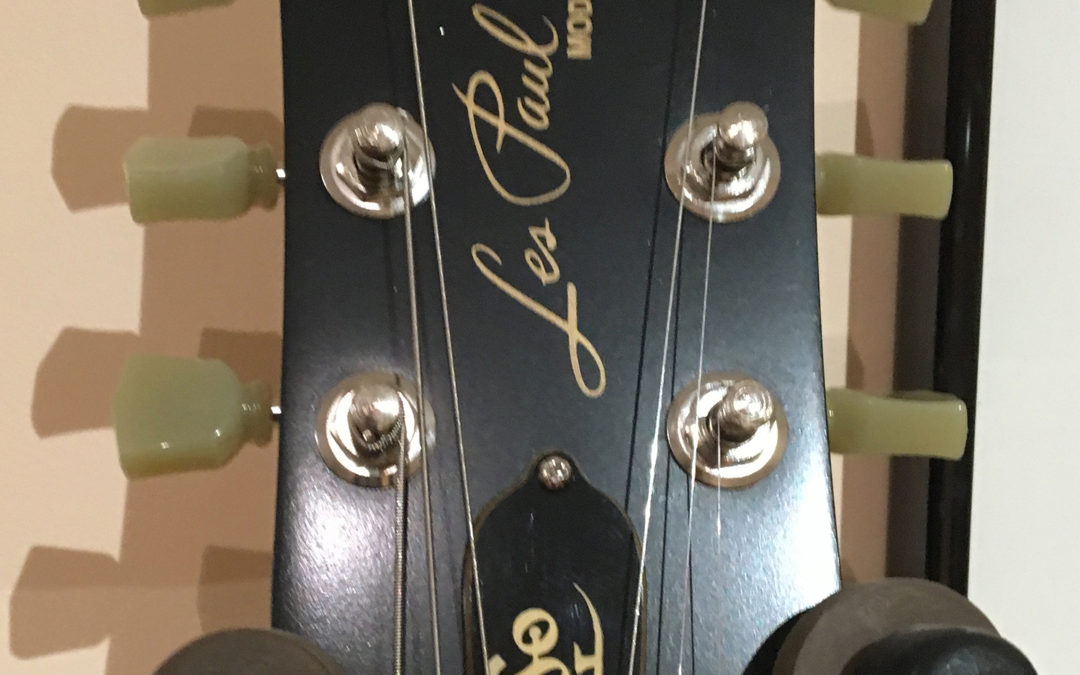
by Rees Shad | Jan 18, 2019 | Electronics, Guitars
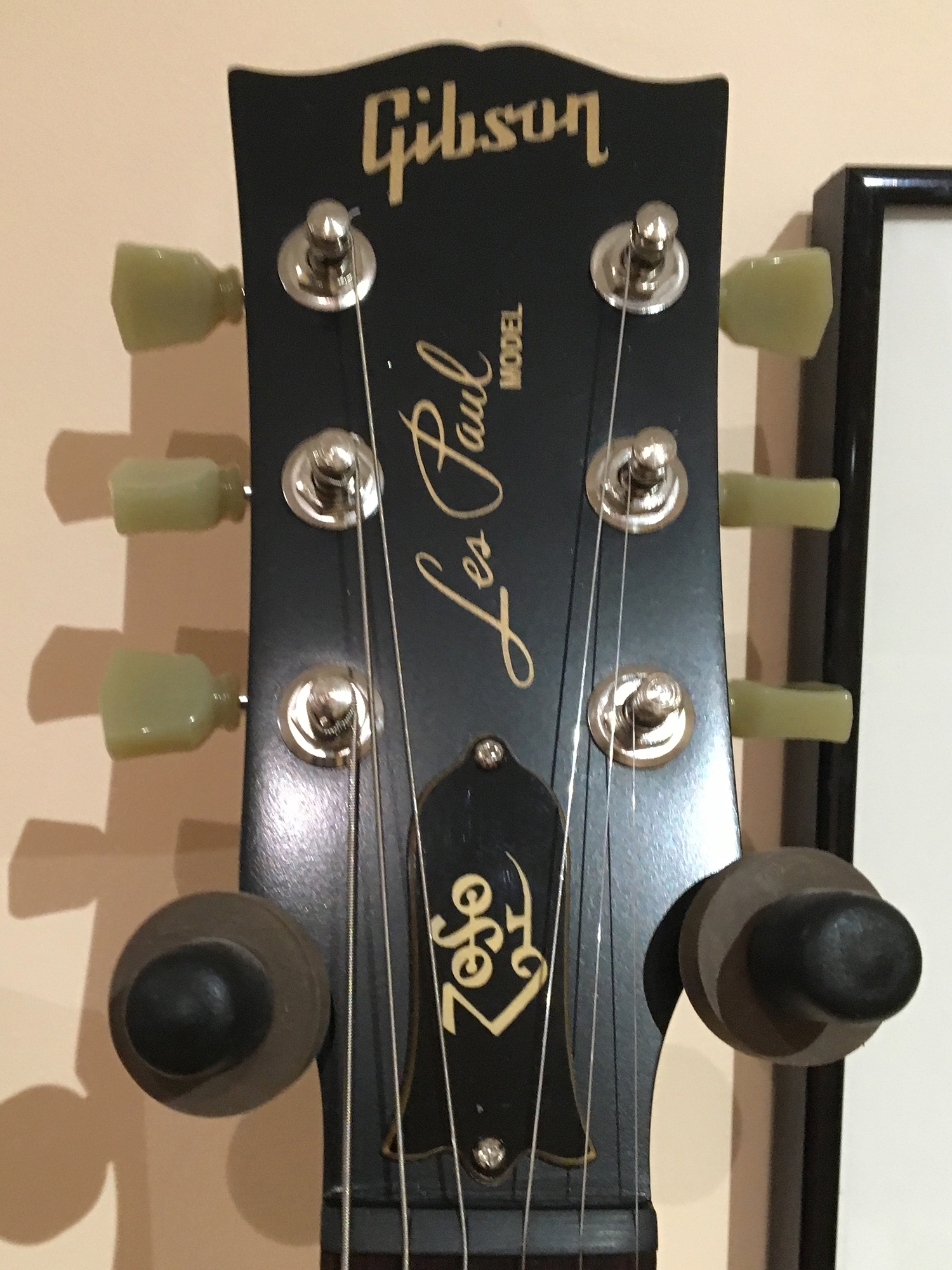
Joe Cunningham’s Roeboy Customized Gibson LP “Zoso”
In 2008 When I first started teaching at Hostos, The then dean of facilities Steve Delgado introduced me to an outbuilding full of interesting tools and people, none more interesting than my friend Joe Cunningham. Over the years Joe has been the guy I could call up and ask for help finding the right tool for a job, who to most effectively beg for LED bulbs when we wanted to reduce heat build-up in studio rooms, and where to get the best BBQ in Putnam county where we both lived. I even brought him an old Alamo amp that the laminate birch was falling off of, and he replaced the laminate entirely, turning an old harmonica amp into a piece of art. As thanks, I found an old 2nd Gibson Robot Les Paul online that had been stripped for parts, and I renovated it into a heavy-duty rock and roll guitar with vintage 60s electronics.
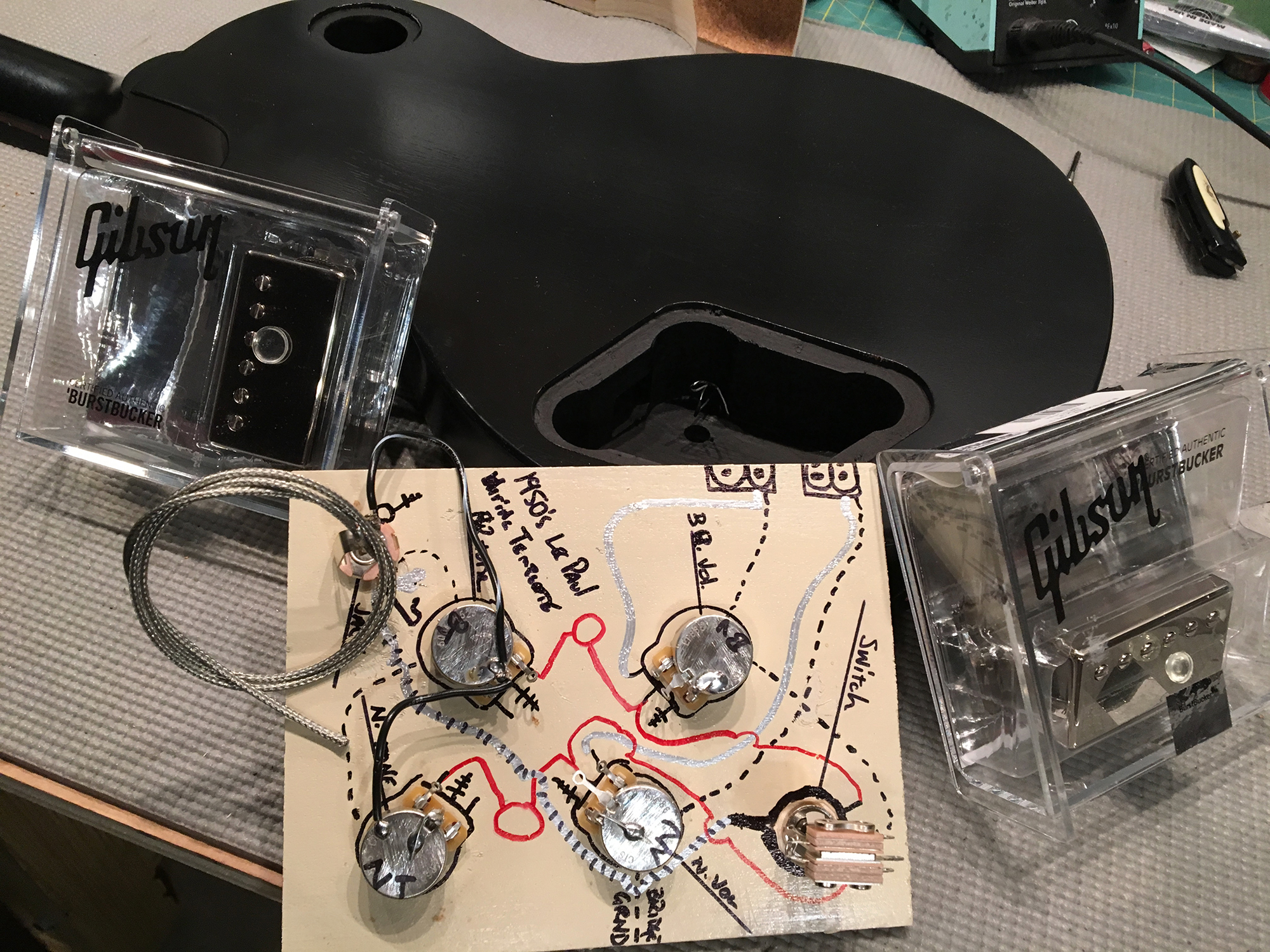
The wiring template I built along with some Pickups that were donated by my pal Scott Marcus when I rewired his Melody Maker
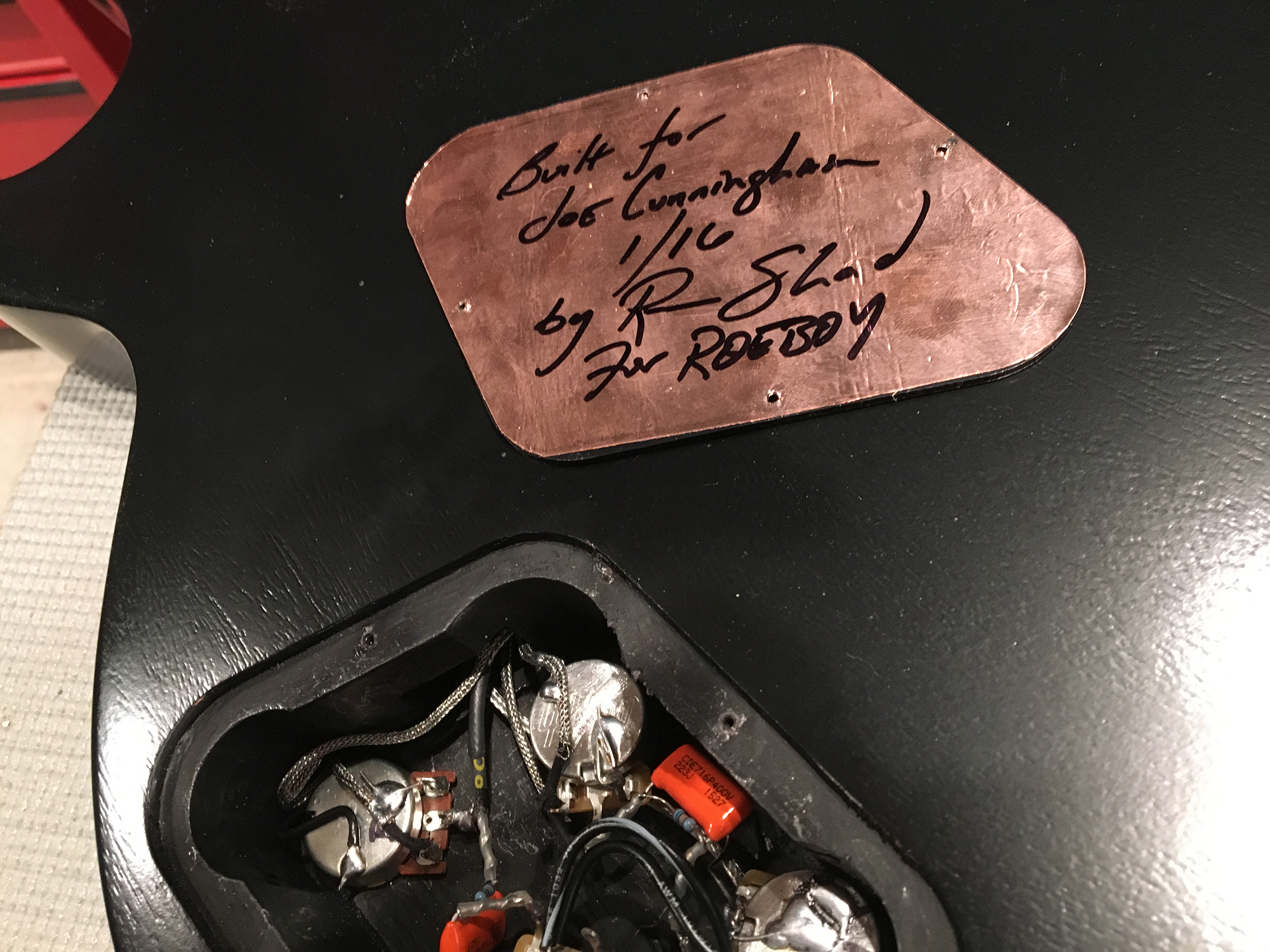
I always sign my work under the cover plate
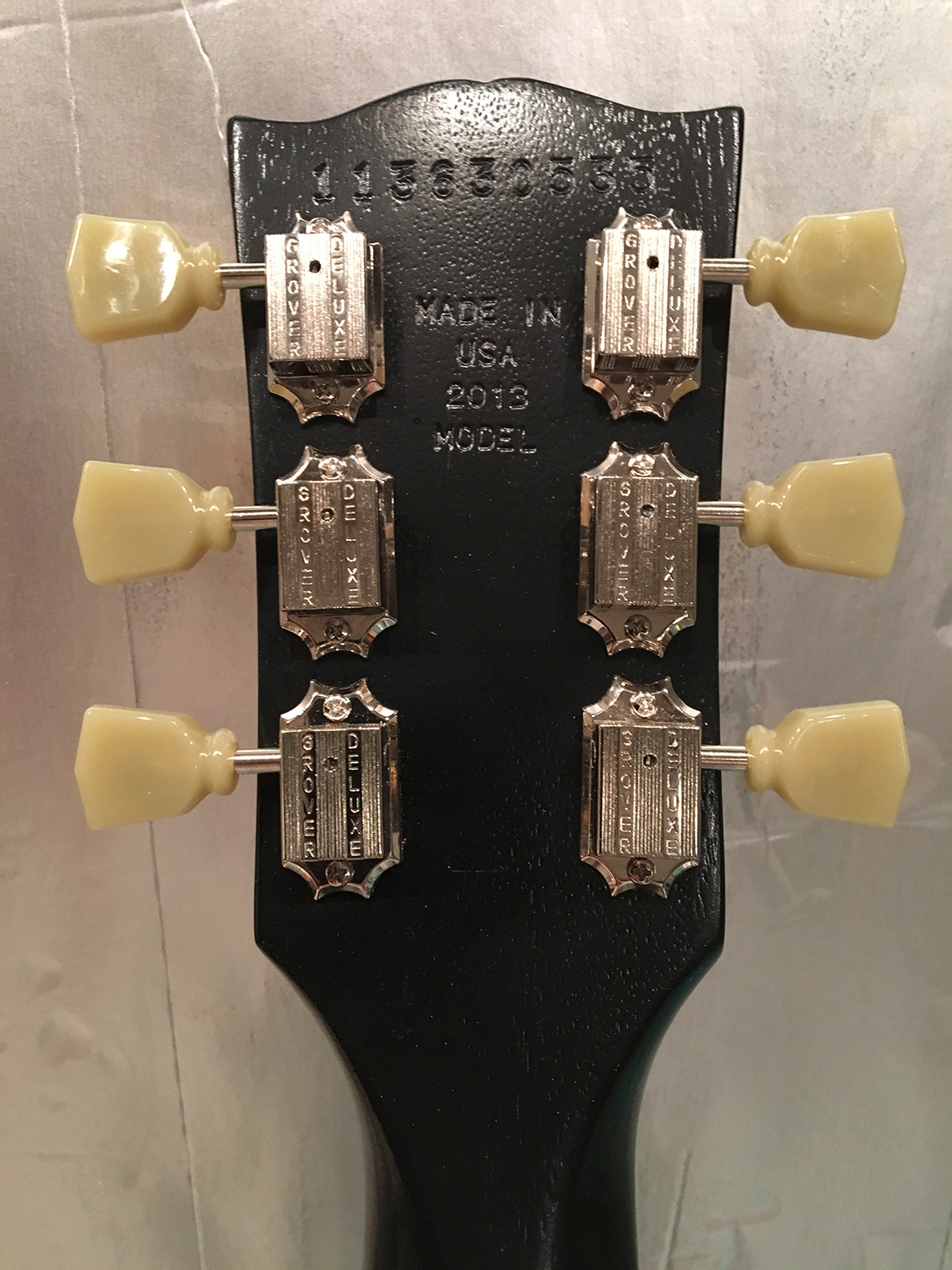
The autotune tuners had been harvested before I got the axe, but the serial number is for real, and I put in the cool vintage grovers. Hefty for extra sustain!
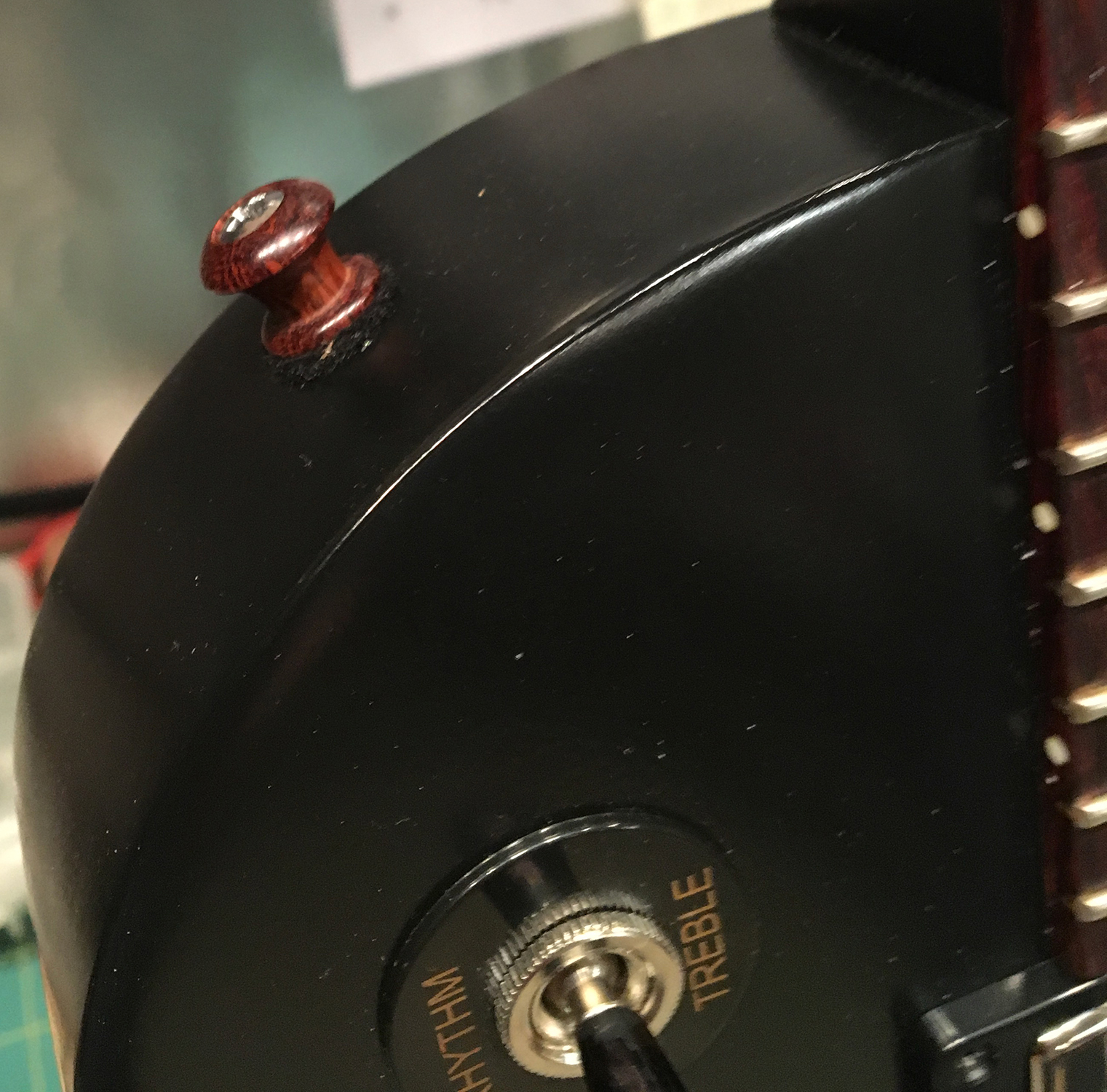
Snake wood accents give the plain matt finish some class
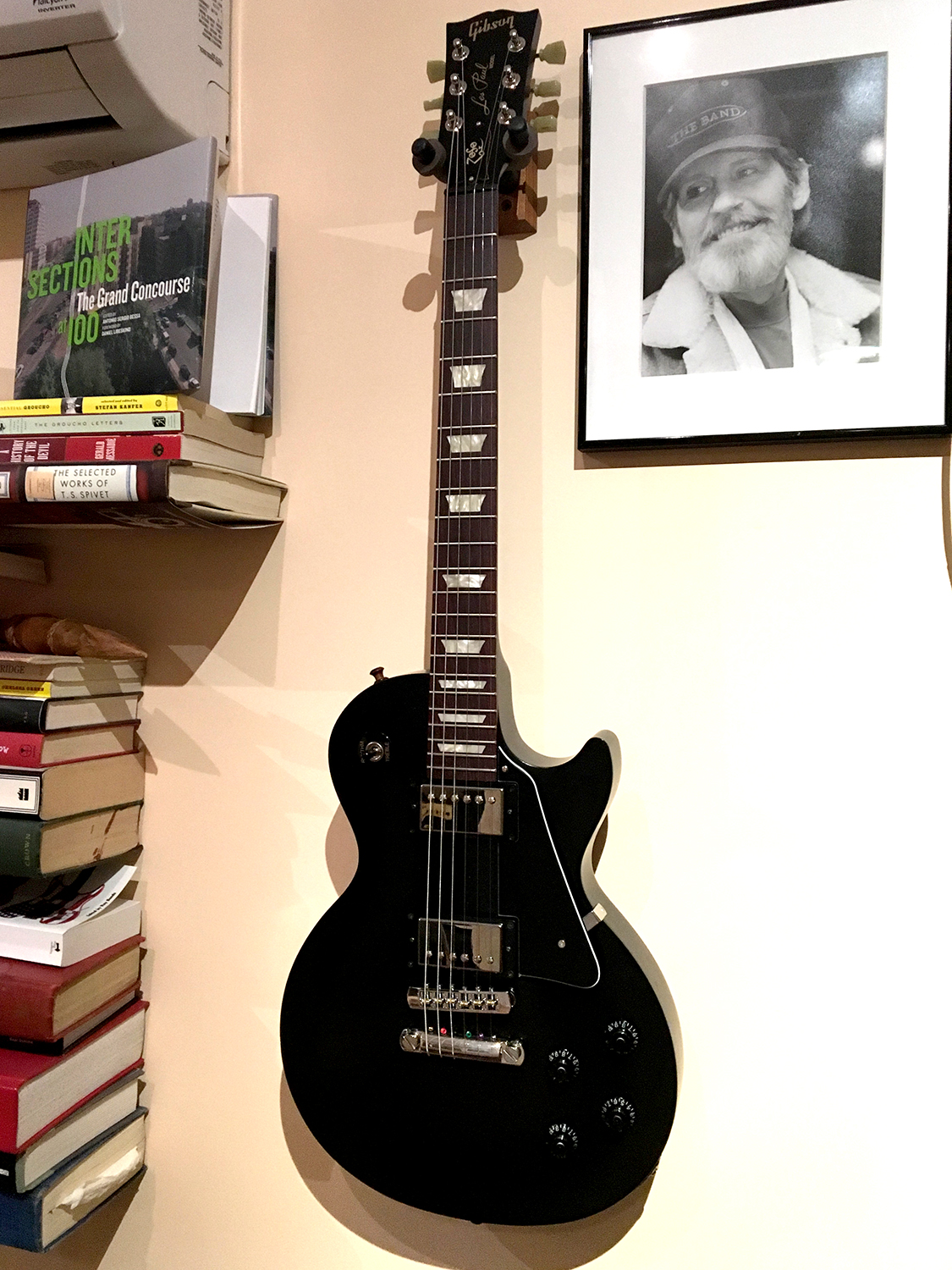
Re-fret job with fatter 70s era frets and added a micro-tuning saddle for primo intonation
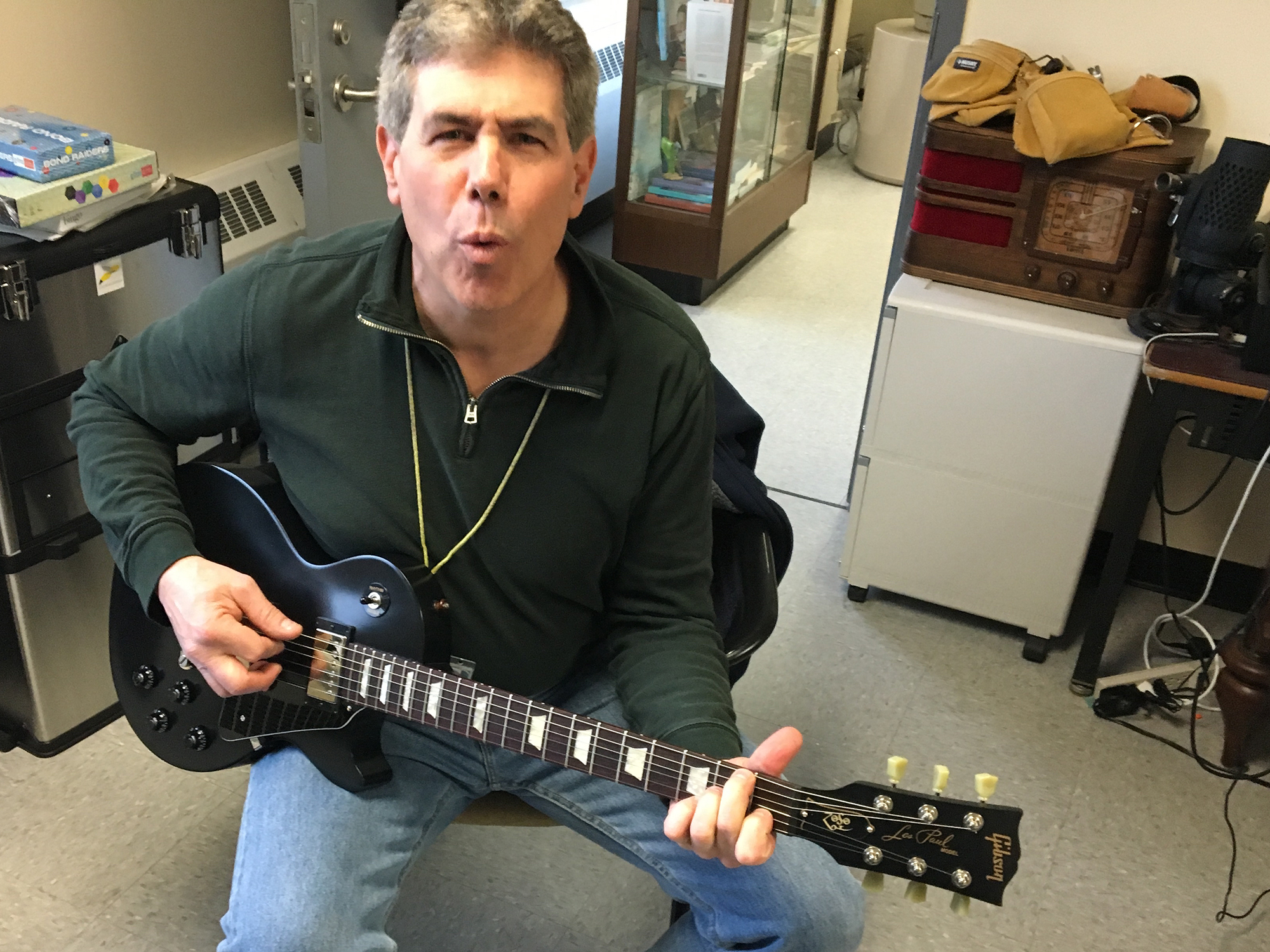
Joe and his new guitar
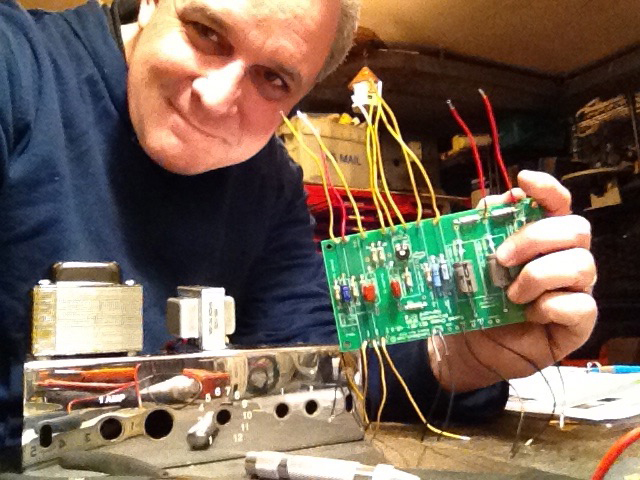
by Rees Shad | Jan 14, 2019 | Electronics
Back in the 1980s my wife Pamela and I took a big chance and built a recording studio in an old barn in rural upstate New York. I could barely set a nail straight back then, and circuitry was definitely beyond me, yet I started teaching myself (largely by making a ton of mistakes) how signal moves through circuits, how to keep track of the signal flow, and what could potentially shape it.
Later while working on my MFA, I began learning applied circuitry that enabled me to design reactive media projects involving audio and video devices controlled by microcomputers that in turn were triggered by a variety of sensors.
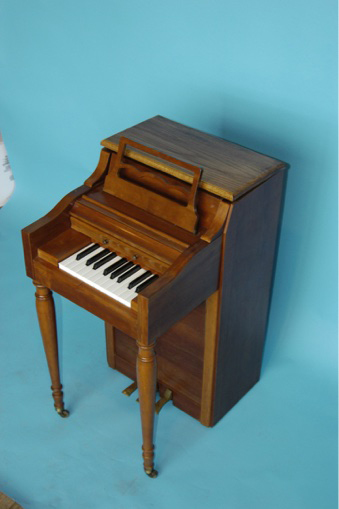
A spinet piano that I cut down to an octave width and used to house a series of keyed actuators to trigger a light synthesizer
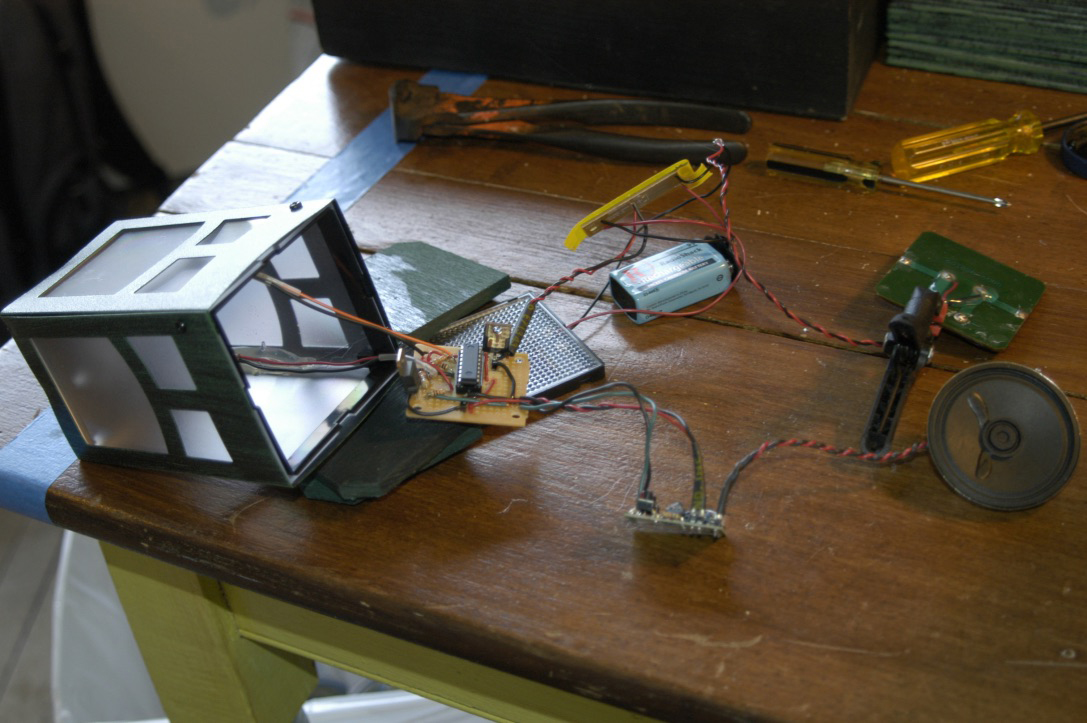
The circuit for a small audio sampler triggered by ambient light and temperature sensors to play a brief message : “I am not a bomb” in a variety of languages
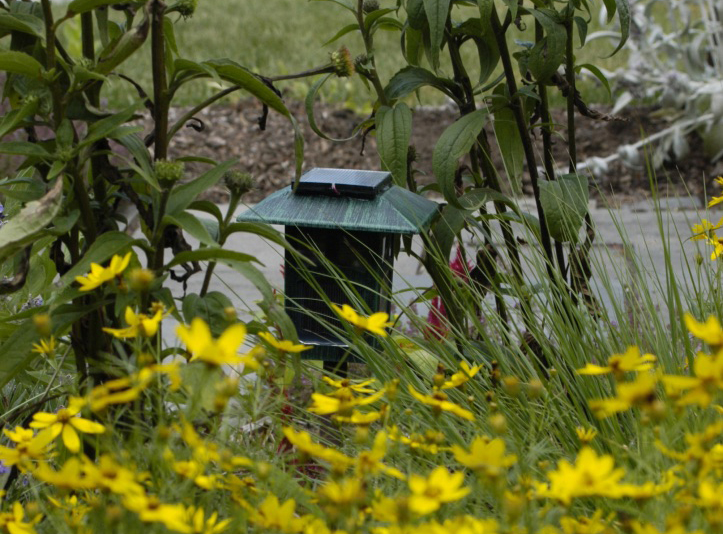
This solar lamp on display at the 2006 Kingston Biennial art exhibition is one of the completed “Declarative Lamps.” As the sun set, these lamps would come to life speaking their messages at a rate of speed dependent on the ambient air temperature – just as with the chirping of a cricket.
As of late I have been building instruments, amplifiers, and microphones from kits I find online. I have begun taking greater and greater chances in modifying the circuits (those 1960’s caps I found on eBay might not have been the best idea), and I usually end up with really cool stuff that I am proud to make music with.
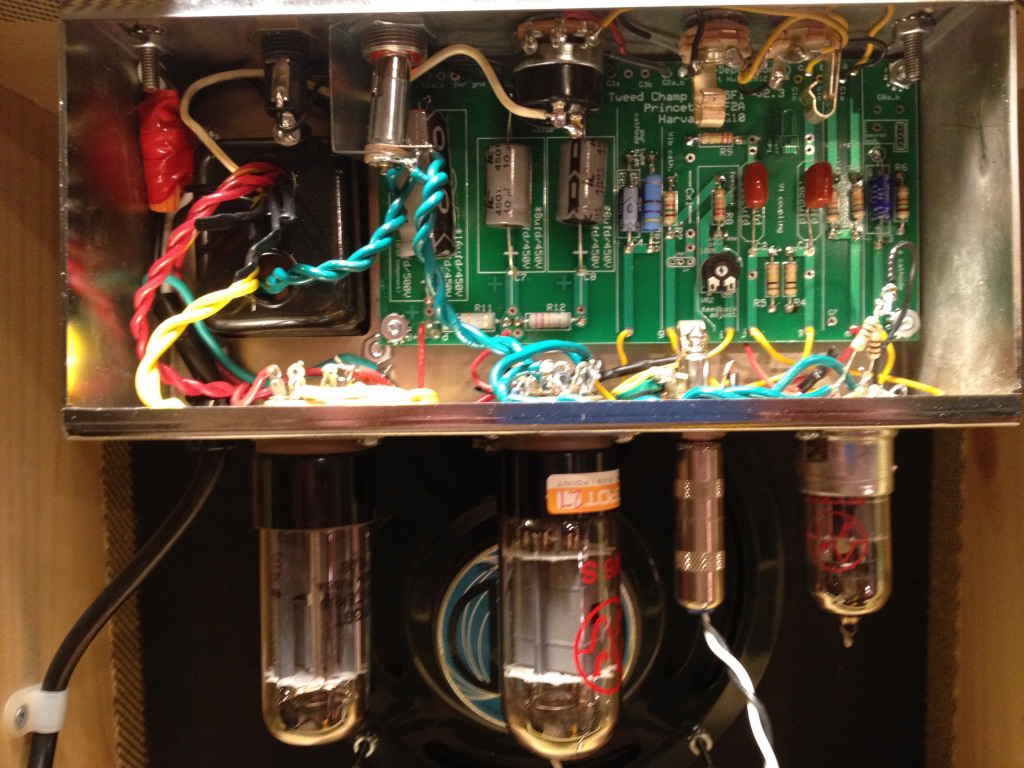
Hand-wired Champ copy from Tube Depot kit
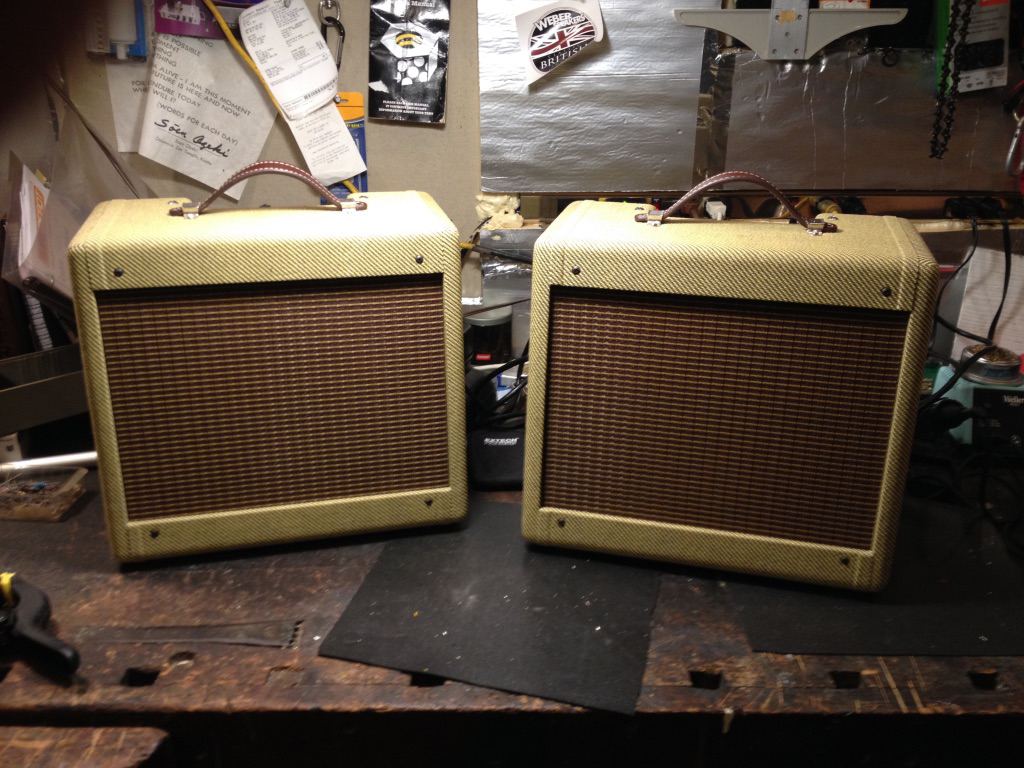
Completed Champ style amps – the left went to Butch Roxas in Manila, and the one on the right to my Nephew Connor. I built a third which is in my studio and used ALL the time.
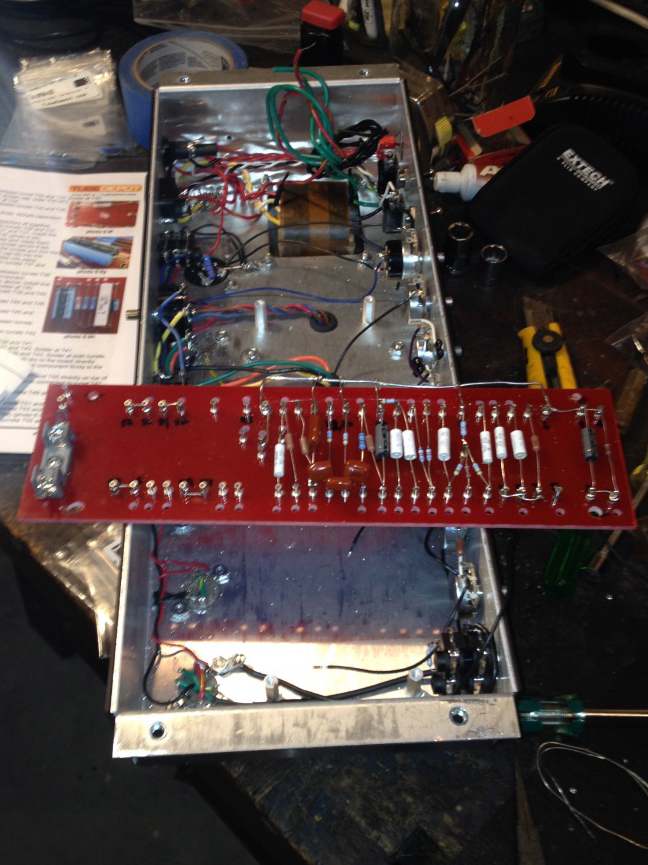
Hand wiring a Marshall style combo
The folks at Tube Depot offer up some terrific amp kits that have exceptional instructions that are easy to follow and suggest a number of modifications. I have built several of their Fender Champ style tweed amps to date, as well as their Deluxe and Marshall style kits. The folks that I have sold or given them to LOVE them, and they are among my top recording rigs
Another WONDERFUL resource is Micparts, where I have found kits for improving, rebuilding, repairing, and building from scratch a number of microphones in my studio. When I have taken a chance on cheap tube microphones of the MXL variety I have almost always been let down. They languish in my studio’s mic locker, passed over for the workhorses that I can always depend on (and which inevitably had a higher price tag or would have higher price tags now years after I bought them). But the MicParts folks have easy upgrade and rebuild kits (also with well put together instructions) that have allowed these cheaper microphones to really shine!
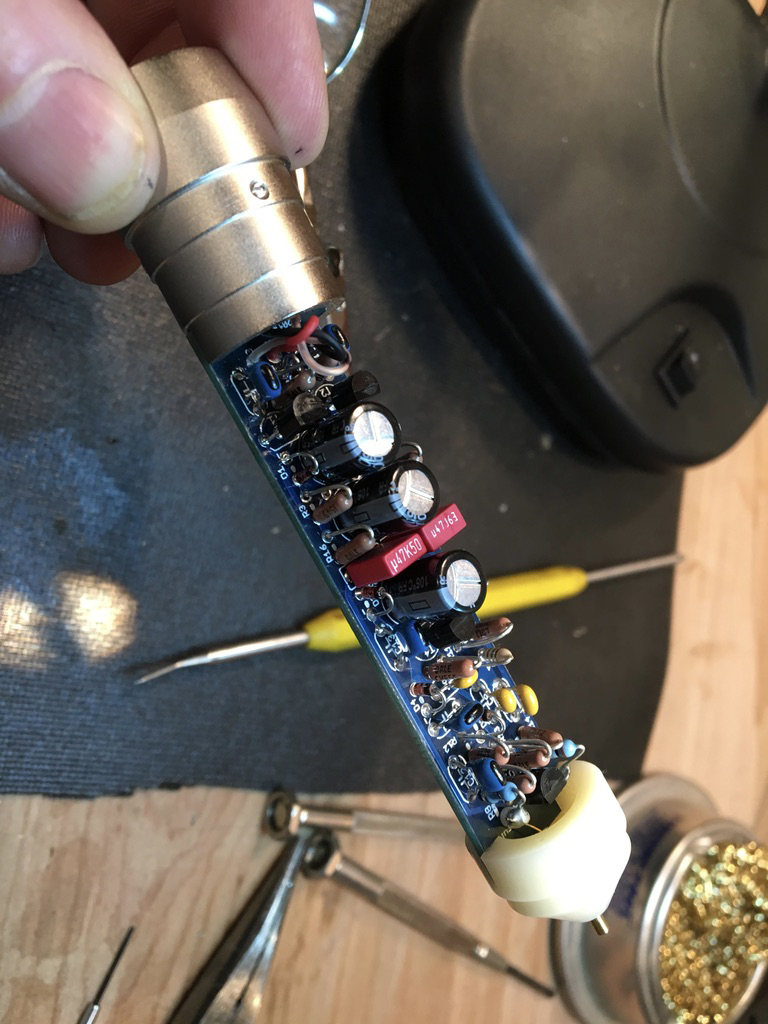
Upgrading a sad little MXL 603S pencil microphone abandoned in a trunk for years into a great little work horse!
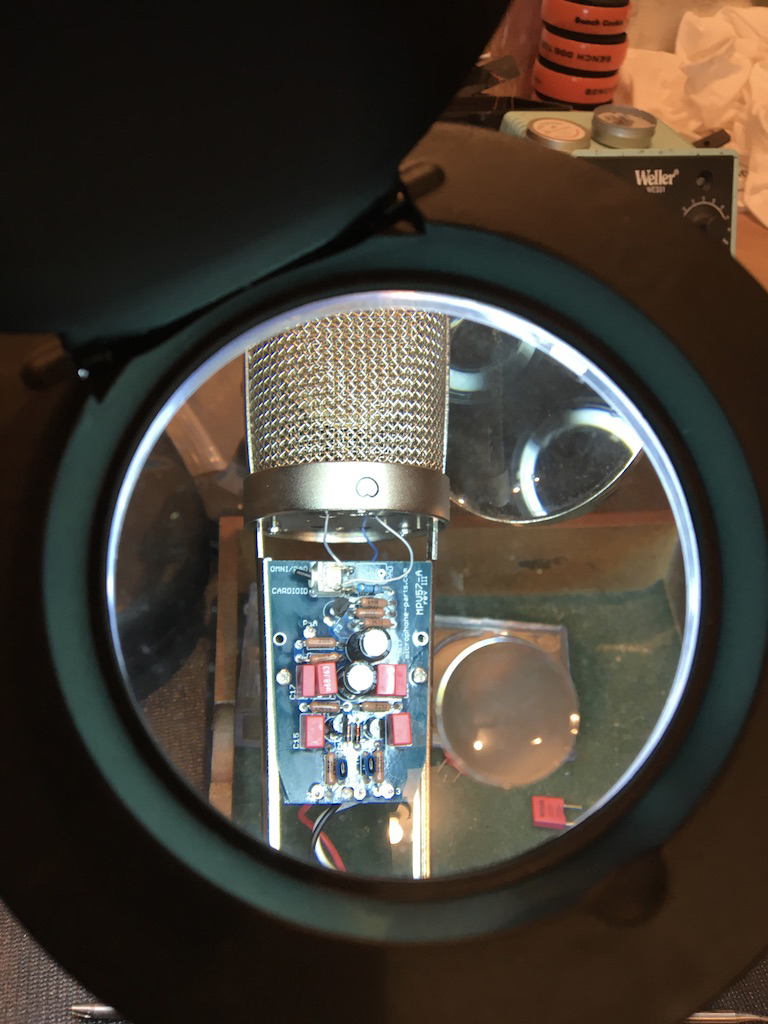
MicParts has some great kits as well. The cases are not as hefty as the pricier Neumanns, but they sound terrific!
Lastly as a guitarist for more than 40 years, I have finally begun to explore the electronics of my instruments. Sure, I had replaced tailpieces, and tuning pegs, but I had never rewired a guitar until about 2010. Today, I often repair or upgrade old guitars for friends or that I buy at flea markets, antique stores, and elsewhere – shaving necks to more comfortable playability, replacing hardware, and (just as importantly) rewiring with quality pots, resistors, capacitors, and pickups. I also find parts online, which I combine for new builds. It’s really rewarding to have friends come over and pickup one of these guitars and fall in love.
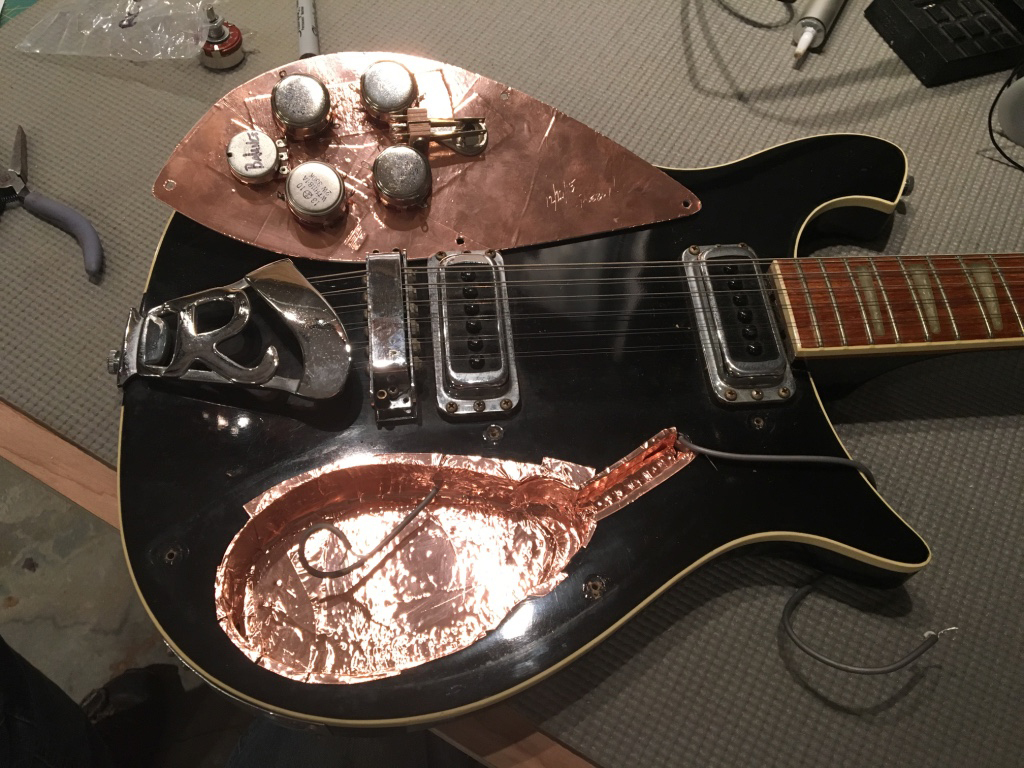
My old friend and bandmate Jeremiah Lowengard’s (Scheissfinger & IOH) vintage Rick 12 string was a bit noisy and would not intonate properly. I replaced the bridge, insulated the electronics cavity, and rebuilt the rick-o-sound system, and had a hard time giving the guitar back to him.
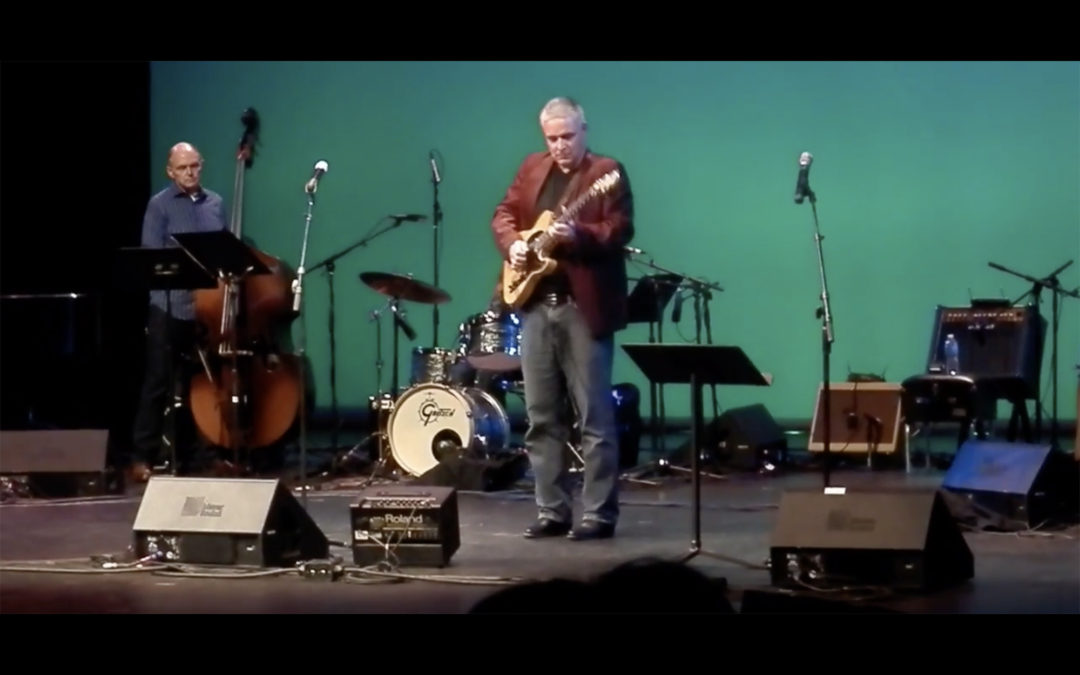
by Rees Shad | Jan 2, 2019 | Electronics, Guitars, Music, Videos
After the 2016 Earthquakes in Ecuador some Hostos colleagues and I organized a concert to raise relief funds for the victims. Here’s a snippet of my set that night, playing with the magnificent John Arrucci and his band.
Oh, by the way, that’s a Roeboy! telecaster style build I’m playing going through a Roeboy! Deluxe… loving the tone that night.
I also built a stratocaster style axe called the Roeboy! Palamino Shad-o-caster which we raffled off that night. Here’s a picture of that guitar:
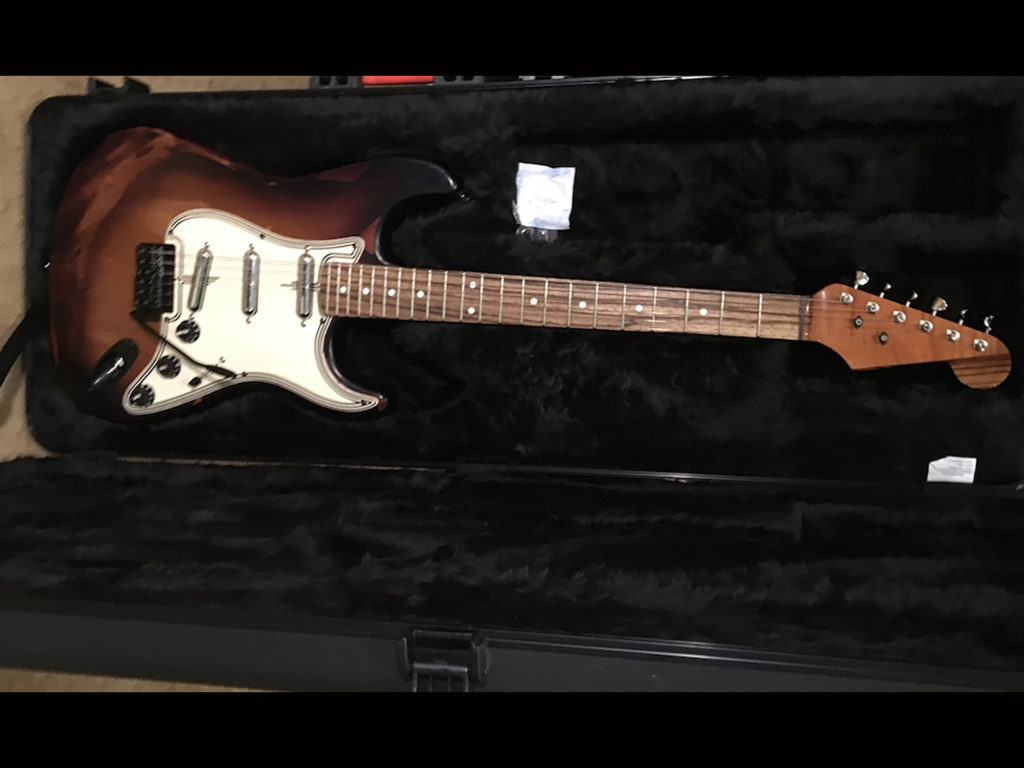
The Roeyboy! Palamino Shad-o-Caster




















